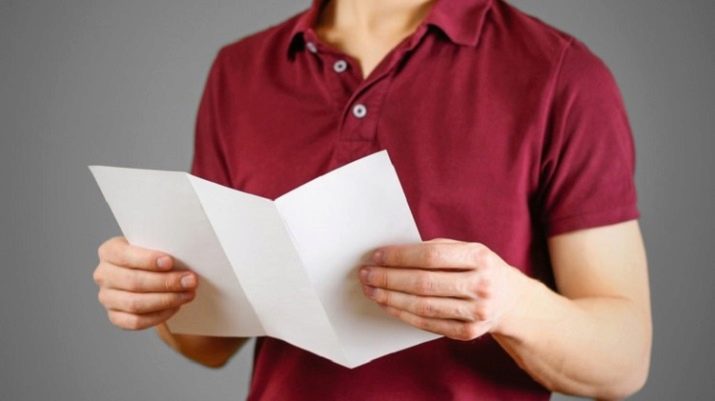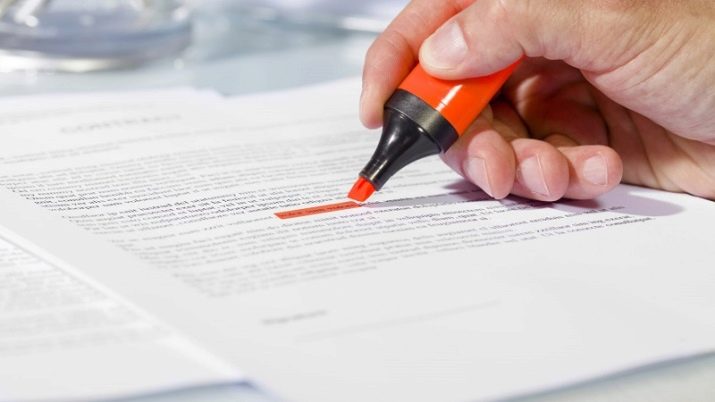How to quickly learn a poem?

At school, various poems are often asked at home. Those who have already graduated from an educational institution remember well how they had to memorize phrases that did not enter their heads in any way. The main task of the evening was to memorize rhymes so as not to get a bad grade the next day. At such moments, I really wanted to learn how to quickly memorize lines. Let's take a closer look at how to quickly learn a poem.

How to learn?
It is not for nothing that the school curriculum provides for the frequent memorization of poems. This is how memory is trained.
For the evening
The following step-by-step instructions should be followed:
- start reading the work out loud; it is desirable to carry out such a manipulation several times;
- when you read, then present a complete picture of what the author of the poem wants to convey to you;
- then switch to slow mode, that is, read the lines slowly, while trying to partially memorize the words;
- take a piece of paper and rewrite the poem, saying it aloud, while dividing each separate column into several lines;
- read the work from the sheet; it is better to repeat each line separately, starting from the very first;
- very often a person, reciting a poem, begins to stutter; so here is the beginning of the line that is given especially badly, write on a separate sheet and peek at it;
- if you have time before submitting the poem, then read it several times before going to bed; the very next day you will see good results.

In 5 minutes
This technique is only slightly different from the general rules. First, you need to read the poem several times with feeling and arrangement, while deciding on the main topic. When you start reading, try immediately build associations and objectsthat are present in the work. Work out a chronological order and try to think about each word as you read it.
You can also do this:
- record a poem on a voice recorder;
- listen to the dictaphone recording exactly as much as you need or ask to read the poem to you several times aloud to a loved one;
- then repeat the piece yourself.
When you start memorizing the poem before bed, you will see how effective this method is. In the morning you will notice that you have memorized almost all the lines from the work. To consolidate the result, you just have to repeat them aloud. And you can also combine the useful with the pleasant. Try, for example, washing the dishes and at the same time memorizing a poem by heart. Take short and frequent breaks between memorizing. Let your brain be aware of and "digest" the imposed information. And the line that you cannot immediately remember, it is better to skip and continue to recite the verse. Learn basic phrases. And those words that do not lend themselves to quick memorization, learn later.
Use a cheat sheet. Write down difficult phrases in it and constantly peep. This method will not work immediately. You need to hone your skills. The main thing is to connect your subconscious, then you will succeed.

Large amount of text
Long text can be learned by visual or auditory perception of information. More specifically, there are the following ways to memorize large volumes:
- rational memorization involves the use of logical memory, that is, you need to understand the text;
- mnemonic memorization involves memorizing semantic information;
- rote memorization provides for ordinary cramming.
There are some subtleties that allow you to quickly learn a large amount of text. To do this, you need to adhere to the following actions:
- determine the main components of the text and highlight them;
- you can simply sing what you have to memorize or read with expression;
- read until you understand the essence, then ask yourself questions about the text and answer them;
- writing text with an "unusual" hand is also an effective way.

Memorization technique
It is easy for those with a good memory to memorize information. The question arises of how to learn the text with poor memory. There are special techniques for this. However, remember that it is impossible to say for sure which method will be the best, since the information has varying degrees of complexity. Take a look at the techniques below and use the one that works for you.
- In short, it's a GAD (main thoughts, careful reading, review, debugging). First, we just read the text, then we read it carefully. The next step is to read the text in reverse. So you will intuitively check how you remember the text. And then there is repetition, and this is the "mother" of the teaching.
- Another technique that provides several rules for memorizing in your native language... First, we write down the text, then graphically you need to highlight the main theses. Then we divide the text into parts and move on to constant memorization.
- We use pictograms. First, we highlight keywords and expressions using icons. We just portray the words the way you represent them. If the word "bird" is in front of you, then we draw a bird, if the next word is a man, then we draw a man. Then we remember and retell everything.
- You can also divide the text into paragraphs and print them separately.... Hang the sheets around the rooms and read from time to time.

Advice for adults
This category of the population can be recommended to use the techniques of mnemonics. Those who do not yet know the essence should read the following information.The combination of various methods that help to quickly memorize a huge amount of information, experts call mnemonics. Its essence lies in memorizing numbers and numbers, as well as information and sequence. Mnemonics allows everyone to develop a good memory. The main thing is to start training, which can be done at any age. You also need to understand the principle of this method and learn how to use it in practice.
Let's consider in more detail what the techniques of mnemonics are. So, it is easier for a person to remember logical, associative, figurative or other connections between objects. But the objects themselves are perceived poorly. Therefore, if there is no connection between objects, then they need to be created. There are certain recommendations for this. For example, an object that carries basic information is given a certain look. We do the same with other objects. Then we combine the invented images. Thus, we encode the images, and then, when they need to be pulled out of memory, we decrypt.
The technique is not clear and complicated to everyone. But it will seem so at first glance. When you get the gist, you will see that everything works quite simply. The main thing is that this method is great for training memory. The data obtained with the help of mnemonics are stored by our brain for a very long time, since memorization occurs on the basis of a visual solution. For example, if you need to remember the number 3, then associate it with the Serpent Gorynych, and the number 5 is easily associated with the palm. This way you can memorize any mathematical formula. And keep in mind: the more colorful the picture is, the faster you will remember the numbers.
Important! If the number is quite large, then divide it into several parts.

Instructions for creative people
Everything is always easier for such people, therefore the recommendations will be simple, but effective, namely:
- use paper sources (books, printed text) when memorizing information; a phone or tablet will not work;
- when reading, there should be a pencil in your hand; when you take notes, the text is quickly remembered; working with a pencil, we send a signal to the brain that information is very important, we give an impetus to the intellectual perception of the text;
- when you have a large amount of information in front of you, which is located on several pages, then make bookmarks where information for memorization is placed;
- outline what you have to remember well; if this is a poem, then rewrite it on paper from memory;
- be sure to write down quotes from a text or from a large poem in a separate notebook;
- make associative cards; this most creative approach will help you quickly memorize large text;
Retell the texts you read to other people, so you share useful information with people and fix the necessary information in your head.









